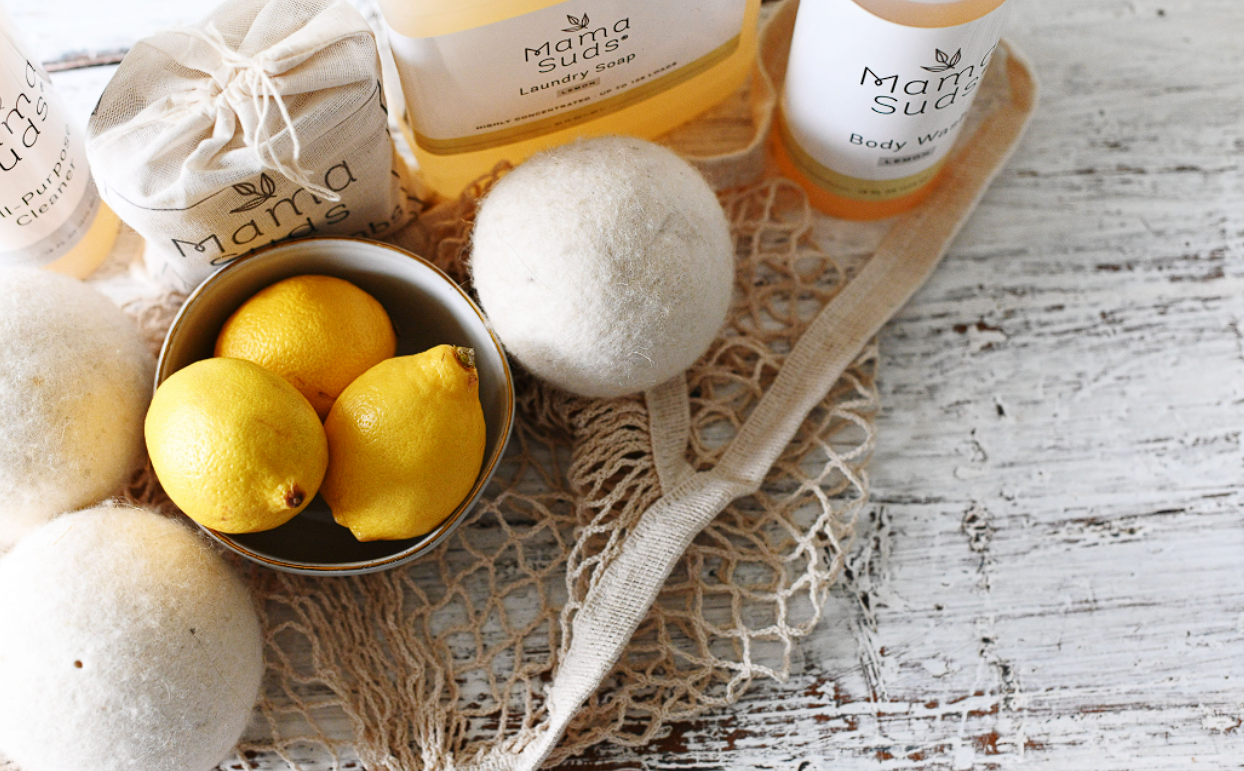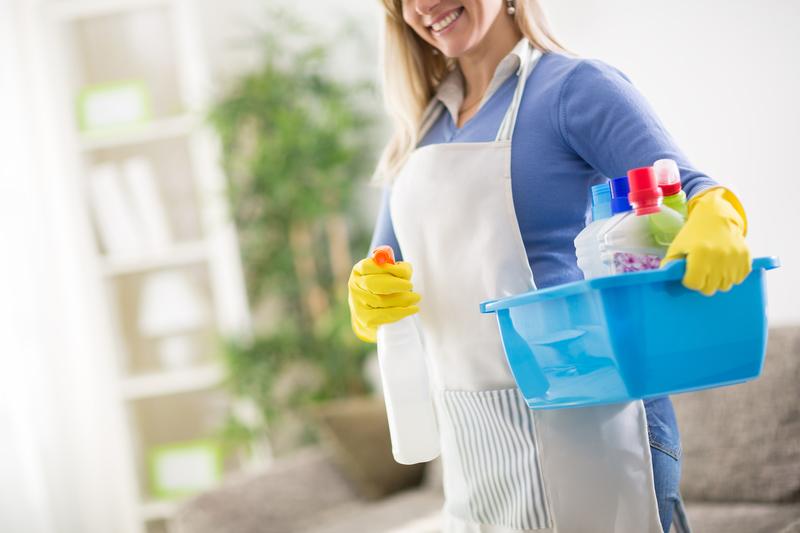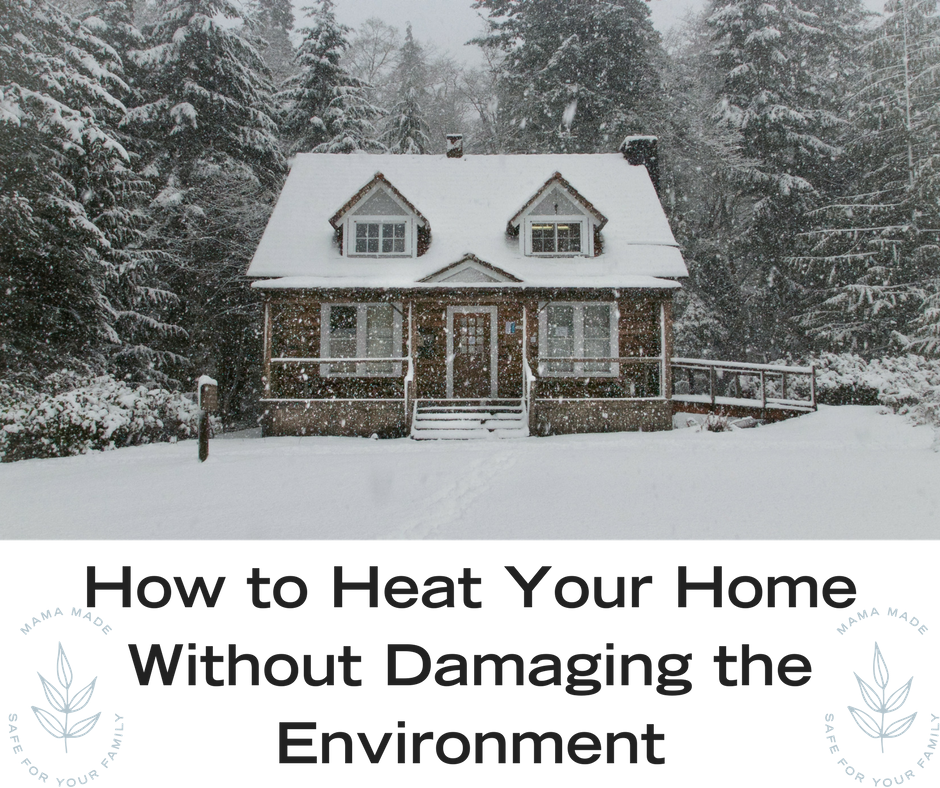
The CleanSuds Blog
Where education and truthful facts are easy to come by.

How to Keep Your Carbon Emissions Low in the Winter

During the winter, carbon emissions may increase as more people are using heat in their homes. Whether it be from appliances or heating systems, your home can be one of the sources of this increase. Don’t worry! There are steps you can take to reduce your carbon emissions this winter.
Fix Energy Leaks
An energy leak is any area of your home where air is escaping in or out of your house. These leaks make it so your heating system has to work harder. Fixing the energy leaks in your house allows you to use energy more efficiently. You can save money and lower your impact on the environment. One way to address energy leaks is by improving the insulation in your home. Pay careful attention to insulating your attic space as this is an area where a lot of heat is lost. You should also make sure your windows and doors are well insulated. It may be helpful to have your house checked to see where air may be escaping.
Switch to Electric Appliances
Much of the carbon emissions from homes is due to appliances. They use a great deal of energy and can be wasteful. In order to reduce your carbon emissions, consider switching to more efficient electric appliances. For example, you can replace your fireplace with an electric fireplace. Electric fireplaces lead to healthier indoor air because there is no wood or gas to burn. They also reduce the amount of carbon released into the outdoor air. Similarly, you can switch to an electric stove rather than a gas stove. This will give you many of the same benefits as an electric fireplace.
Get an Efficient Water Heater
In the winter time, hot water is a necessity. However, you can switch to a different water heater that allows you to still get plenty of hot water in the winter while also being more energy conscious. We just recently purchased an instant water heater and we really love it. More than 2 people can take a shower in a night and you never run out of hot water. The best part, you aren't heating water when you aren't using it! There are many different types of water heaters. Each type has different benefits, but not all of them are perfect. For example, a solar water heater reduces the amount of electricity produced to heat your household’s water. However, they can be costly and are only useful in areas with a lot of sunlight. As you decide on a more efficient water heater, consider all the factors and determine which will work best for you.
Decreasing your carbon emissions is an important step. While some methods may be more costly or something to consider long-term, there are plenty of things you can do now. Start looking for ways you can decrease the carbon emissions from your home.
Read this next: 3 Easy Ways to Get Your Home Ready for the Winter

What You Should Clean Before Winter Hits
You probably do spring cleaning every year, but it's important to remember that you need to clean before winter hits as well. Colder temperatures and an increase in precipitation mean the inside and outside of your home need to be protected from the elements. Here are some great places to start your winter cleaning.
Indoors
Cleaning indoors before winter hits means protecting your home from the potential bad weather about to arrive. Rain, snow, and overall wet weather arrive in most areas during winter. All that moisture makes it necessary to focus on keeping mold and mildew at bay in the home. Mold and mildew not only affect your health, but they also affect the value and structure of your house. Check underneath your cabinets for leaks. Wipe down the bottom of your windows and make sure no moisture is seeping in from the outside. Make sure also to keep air circulating in your home. The cooler weather does mean less humidity, but it also means less fresh airflow through your home. Turn on vent fans in your bathroom to clear out moisture and air out areas that are susceptible to mold, such as bathrooms and closets.
Your Home Exterior
Cleaning the outside of your home before winter hits is essential. It's not easy to go outside in the snow to wipe down the exterior windows and clean your siding. Do this before cold weather arrives. While you are cleaning, look for ways to protect your home from the elements. You may need to caulk around doorways or windows. It is also a good idea to repaint before cold weather seeps into your home. At the very least, clean your siding, your outside windows, and your yard before it's too cold.
Your Car
Clean your car before snow and low temperatures make it a very unpleasant experience. Wash the outside thoroughly. Don't forget to clear out clutter and vacuum the inside as well. Dust and wipe down the interior, and clean the windows for maximum visibility. You may also want to set up a winter box in the trunk that holds anything you would need if your car broke down in winter. A clean car makes it easier to get out and about when it's cold and dreary.
Winter cleaning is real, and it's important to get started before temperatures drop. If you wait too long, you could end up being incredibly uncomfortable and inconvenienced. You will save yourself a ton of discomfort if you clean these essential areas early.
If you want to make your cleaning an all-natural experience, try our household cleaning products!

How to Heat Your Home Without Damaging the Environment
How to Heat Your Home Without Damaging the Environment
As winter approaches, there will come a point when you decide to switch on the heating. For environmentalists, this can be a difficult moment, but we’re here to help you live sustainably, so that you can heat your home guilt-free. Follow these tips to ensure you do as little damage to the environment as possible.
 Photo by Sam Beasley on Unsplash
Photo by Sam Beasley on Unsplash
Insulation
Most homes in the USA are not properly insulated. The sum total of air leakages in the average American household is equivalent to having a window open all year round. This means that heat escapes during the winter and the outside cold air is let in. As a result, American families are having to turn up their heating, burning more fuel than necessary.
Most heat is lost through the attic and roof, so check that this area is thoroughly insulated with high quality materials. Then make sure to insulate cavity walls, tanks, radiators and floors. Aim for R-value thermal insulation, which has the maximum performance. This would require proper installation from a professional, but will save you money in the long run. Also, materials such as wood fiber, hemp and sheep’s wool are the most eco-friendly and very efficient solutions, while plastic materials rely on fossil fuels and can release harmful toxins.
Non-Pollutant Cleaners
The problem with airtight homes is that, while they hold in heat, they also stop harmful chemicals from escaping. Indoor air pollution is responsible for 4.3 million deaths globally each year, making it more deadly than outdoor air pollution. After completely insulating your home, ensure you also have proper ventilation and use cleaners which are free of harmful particulates, so the air in your home remains clean.
Avoid products containing hydrochloric acid, phosphoric acid or sodium hydroxide. Instead purchase cleaners containing natural substances, such as baking soda, vinegar, and essential oils.
Clean Energy
However well insulated your home is, if you live in a cold area then it is always going to need heating. There are many different ways to heat a home, each of which vary in their effect on the environment. Instead of a coal or wood burning fire, consider a bio-ethanol fireplace. This will provide the warmth and comfort of a fireplace, whilst using only the cleanest burning fuel.
Ideally, you will find a way to switch to an energy source which is completely renewable and doesn’t release harmful chemicals. For areas with a lot of sun, solar panels are a great way to gather electricity during the day and heat your homes at night. Windy areas, on the other hand, are increasingly building wind farms to supply electricity. The switch to clean energy is happening slowly and may be expensive, but it is one way to be sure that your electric heater is doing no damage to the environment.
Heating your home shouldn’t be a guilty pleasure. If you are still reliant on energy that releases greenhouse gases, then you can limit your use by insulating your home. This is the quickest and most effective way to reduce energy consumption. Just make sure to limit your use of indoor air pollutants to maintain clean air both inside and out.
Contribution by freelance writer Sally Writes


